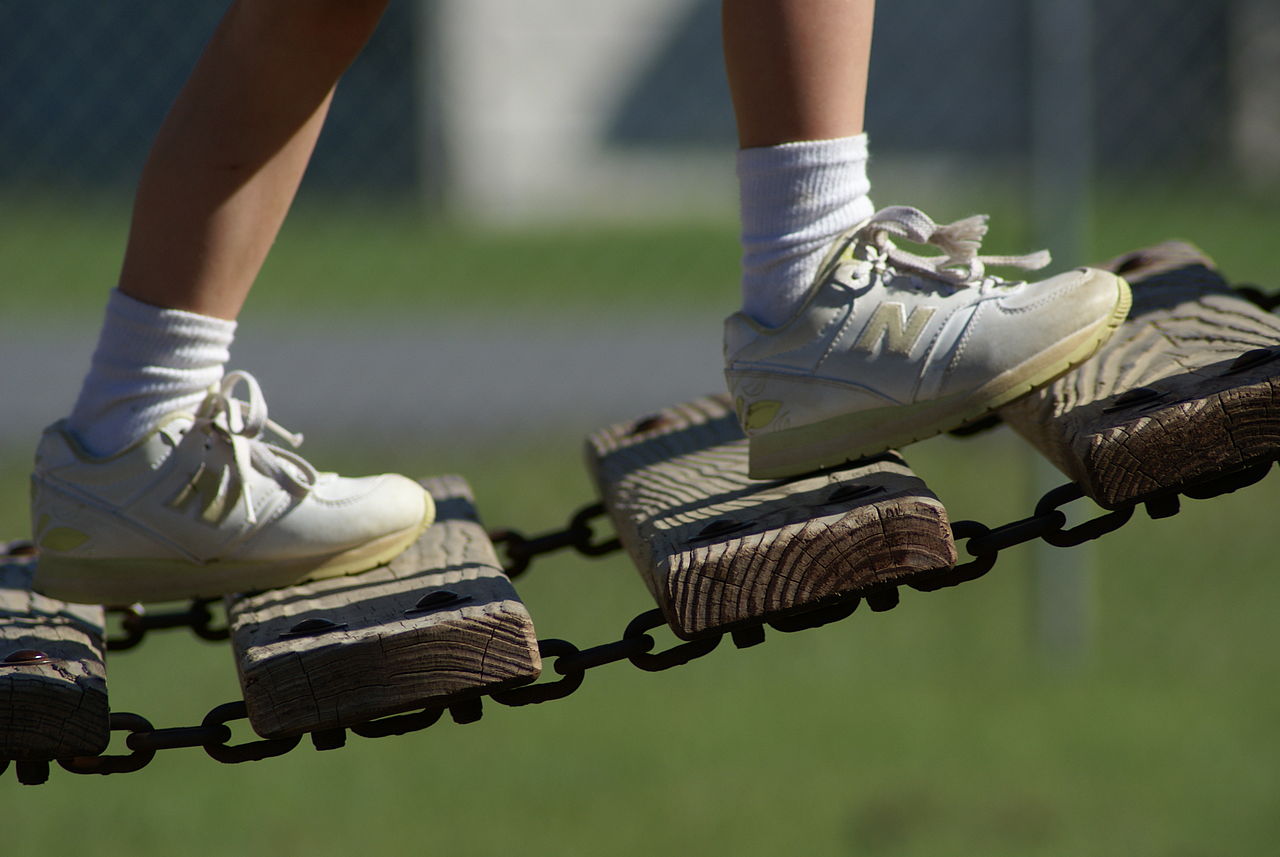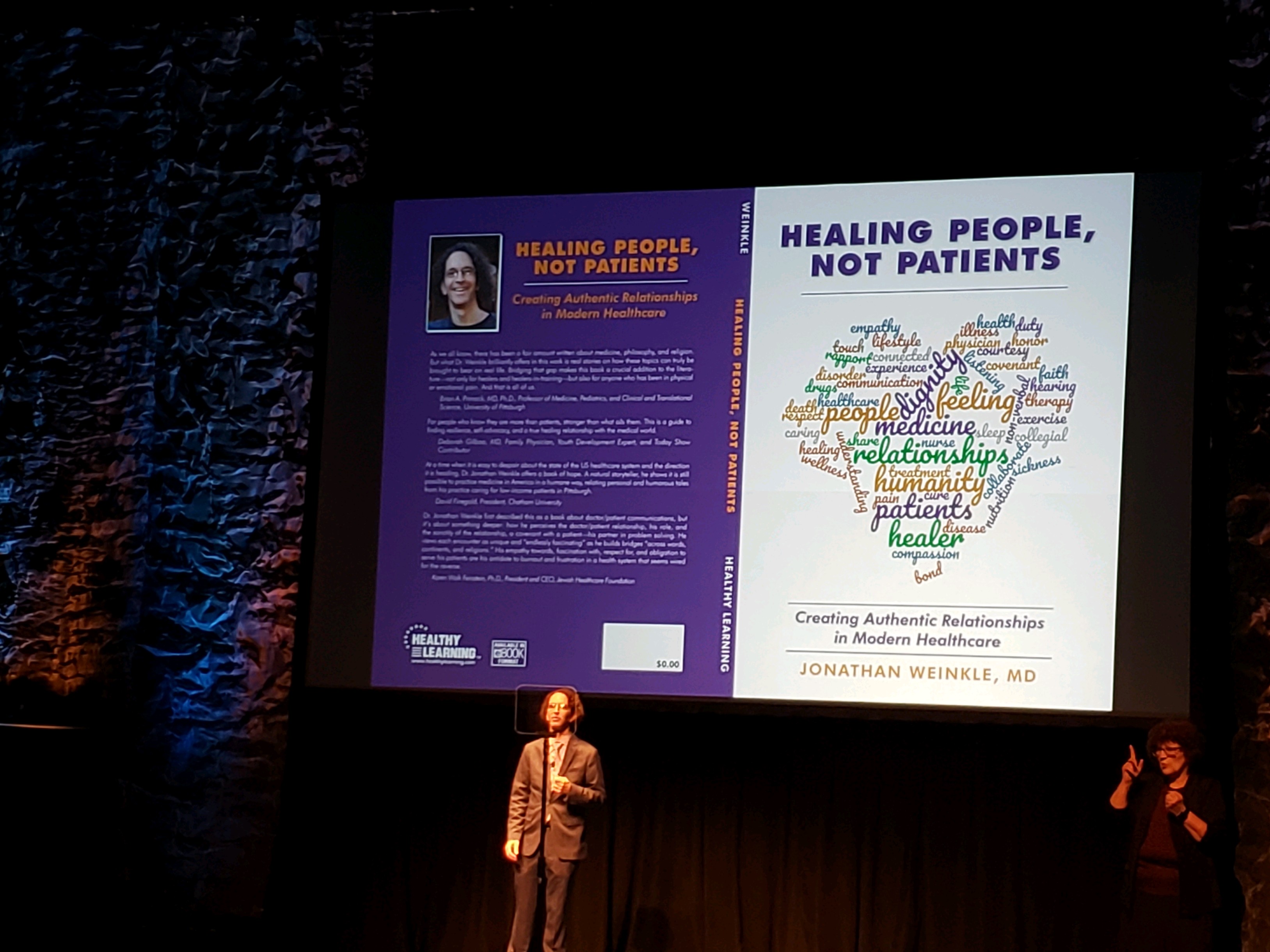Modern day Exodus stories, and what happens when they are “over”
I speak in metaphor a lot. One of my favorite ones is using
the Exodus from Egypt as a metaphor for healing from illness. The idea is that
illness is a narrow place which does not permit a person to be truly free. Only
by way of a long, difficult journey does a person leave the land of illness and
its constraints and arrive in a new, hoped for place of wellness and plenty.
Two weeks ago I had to code switch. I met several people who
had literally left Egypt and relived the journey of the ancient Israelites, looking
for a place that was wide enough to allow them to breathe freely. Lest you
think I’m putting my own gloss on someone else’s story, I mean to say that
these individuals crossed through the Sinai desert. They made the crossing on
foot and under attack from all sides, from a modern day Amalek of torturers,
rapists and extortionists. Their
destination was the modern Israel.
One of them, a young Darfuri man named Usumain, took the
analogy a step further. He recalled
being in Egypt, having already rejected Libya and Chad as suitable places to
remain after fleeing for his life from the conflict in Darfur. One night he was watching television and saw
a program on Al Jazeera that told of the history of the Jews, including the
Exodus from Egypt, and up through the genocide of the Holocaust.
“That’s me,” Usumain said to himself. “I am running from genocide, and I am in
Egypt. But there’s no way I can wait
forty years, I must go to Israel now.”
That was eleven years ago, when he was fourteen years old. I met a 25-year-old Usumain in Tel Aviv this month, strolled with him through the streets and had lunch with him. During those couple of hours, one thing became clear: there is a mirror image to my metaphor.
I’ve been relying on the Exodus metaphor as a road map to
healing since the day my mentor, Rabbi Larry Heimer, introduced me to the
idea. Rabbi Yitz Greenberg’s chapter,
“Judaism as an Exodus Religion,” is one of the founding documents of my
personal philosophy of medicine. This
encounter with Usumain turned that concept on its head – the Exodus from Egypt
can also be an experience from which one needs to heal.
Ancient or modern, a person who embarks on that journey
faces thirst, starvation (see Numbers 20 for just one of the numerous Biblical
examples of both), dangerous enemies (Numbers 22:2 and onward for the story of
Balak, King of Moab, and the sorcerer Bil’am who was sent to curse the
Israelites, or the stories of Og of Bashan, Sihon of Emor, and the people of
Amalek attacking the weakened stragglers in the Israelite caravan) and
despair. Families separate; Usumain’s
mother and sisters remained in Chad, while his brother sought asylum in the
US. Among the ancients, some Israelites
preferred the known devil of slavery in Egypt to the unknown of a God taking
them out into the wilderness. Some die
in the wilderness – Miriam, Aaron, Moses, the entire generation of adults who
came out of slavery, and in Usumain’s group of 12 refugees alone, 3 fellow
travelers shot dead by the Egyptian army trying to cross into Israel.
Arriving in the “Promised Land” does not bring the journey
to a close. One doesn’t just get to drop
anchor beneath a vine and fig tree and live in peace and unafraid, as the
prophet said. One arrives at a
destination where they don’t speak the language, where they are unwelcome, and
where poverty and starvation are still a potential outcome. Another Exodus, to another possible promised
land, may be just around the corner.
Ironically, I met Usumain in South Tel Aviv, near a neighborhood called
Neve Sha’anan, “the tranquil dwelling place.”
I couldn’t help but think instead that for Usumain, the commonly used
Hebrew phrase, “ein sha’ananim b’Tzion” – there is no tranquility in
Zion – is more applicable.
Tranquility is hard to come by elsewhere in the world as
well. Metaphorical Sinai crossings in
other parts of the world also end in sexual assault, death from asphyxia and heatstroke
in a truck-turned-oven in the Sonoran desert, or in a cage in the supposed “land
of the free.” Usumain chose Israel as
his destination in part because he didn’t want to end up drowning on a raft in
the Mediterranean, like so many African refugees before and after him.
Cynics in wealthy countries from Central Europe to the US
have suggested that the migrants should have sought asylum in the first country
they came to, as if this would somehow solve the problem (perhaps it would – it
would save the wealthy nations from having to acknowledge how fortunate we are). A laughable notion: should Sudanese refugees
seek asylum in Chad, one of the two or three poorest nations on Earth? Should the Congolese refugees that left in
1994 expect a homecoming in Rwanda, a country that had literally months before
been torn apart by a genocide? Refugees
fleeing Somalia in the 1990s and 2000s ended up in refugee camps in Yemen – I wonder
how their asylum cases would be going right about now?
Usumain’s story ends well; he is one of a very few to gain
official refugee status from among the Sinai survivors. Thousands of others are still in limbo. But even when the political drama reaches a
conclusion, there is an internal drama of nightmares, anxiety, depression and
flashbacks that continues. It is not
unique to the Sinai refugees, be they men from Darfur or women from Eritrea,
but it is a further reminder that an exodus is both a journey to healing and a
journey from which one must heal.
I left lunch with Usumain and soon found myself having
coffee with Aeden, one of the Eritrean women I just mentioned, at the Kuchinate
Gallery[i]
a short distance from Neve Sha’anan.
Kuchinate is the Tagrinya word for “crocheting,” and that is what
happens at the gallery. Women like Aeden
support themselves and their children by producing baskets in a traditional
style, which the gallery buys from them no-strings-attached and sells to keep
the doors open, the lights on, and food on the table for the kids in the
afternoons.
But Kuchinate, I learned, is about more than
livelihood. It is its own form of
healing. In a culture where unloading
your troubles on a stranger with an impassive face is a laughable idea, the
gallery brings together women who become fast friends and can confide in each
other about the horrors they have experienced.
Both the work, and the comraderie that it creates, are their own form of
therapy that may be more relevant than all the CBT in the world. Among the Nepali-speaking refugees I care
for, there has long been an idea that “a friend is a psychologist;”[ii]
Kuchinate allowed me to watch this saying in action in another culture from
another continent.
There’s also a lot of self-healing going on at
Kuchinate. The gallery’s director, Dr.
Diddy Mymin Kahn, joined with an Eritrean nun that everyone calls Sister Aziza
to produce a book, A Guide to Recovery for Survivors of Torture,[iii]
written in English and Tigrinya with culturally relevant drawings and blank
pages for notes, that walks a survivor through the process of healing
moment-by-moment, helping them to feel safe, conquer basic fears like
agoraphobia, and combat anger, depression and despair.
There are 60 million people in the world today estimated to
be in the midst of writing their own Exodus narrative. It is a public health crisis on the same
order of magnitude as HIV/AIDS, malaria or tuberculosis. Both the social services and the mental
health services in almost every one of the “promised lands” these
Sinai-crossers are striving toward, not to mention the places many of them
languish in the meantime, are underfunded and overwhelmed. It will be because of individual resilience,
and because of the embrace of intimate friends like Kuchinate, that they will
someday be able to complete their journeys and recover from their
travels. Day to day, I strive to provide
that embrace in my work. I invite you to
join me.
[i] https://www.kuchinate.com/
[ii]
Liana Chase and Ram P. Sapkota. ‘‘In our
community, a friend is a psychologist’’: An ethnographic study of informal care
in two Bhutanese refugee communities. Transcultural
Psychiatry 2017, Vol. 54(3) 400–422.
[iii]
Dr. Diddy Mymin Kahn and Sr. Azezet Habtezghi Kidane, tr. Mebrhatu Baraki and
Kebedom Mengistu, ill. Karen Brockman. A
Guide to Recovery for Survivors of Torture.
Tel Aviv: UNHCR, 2016.
Like this:
Like Loading...







